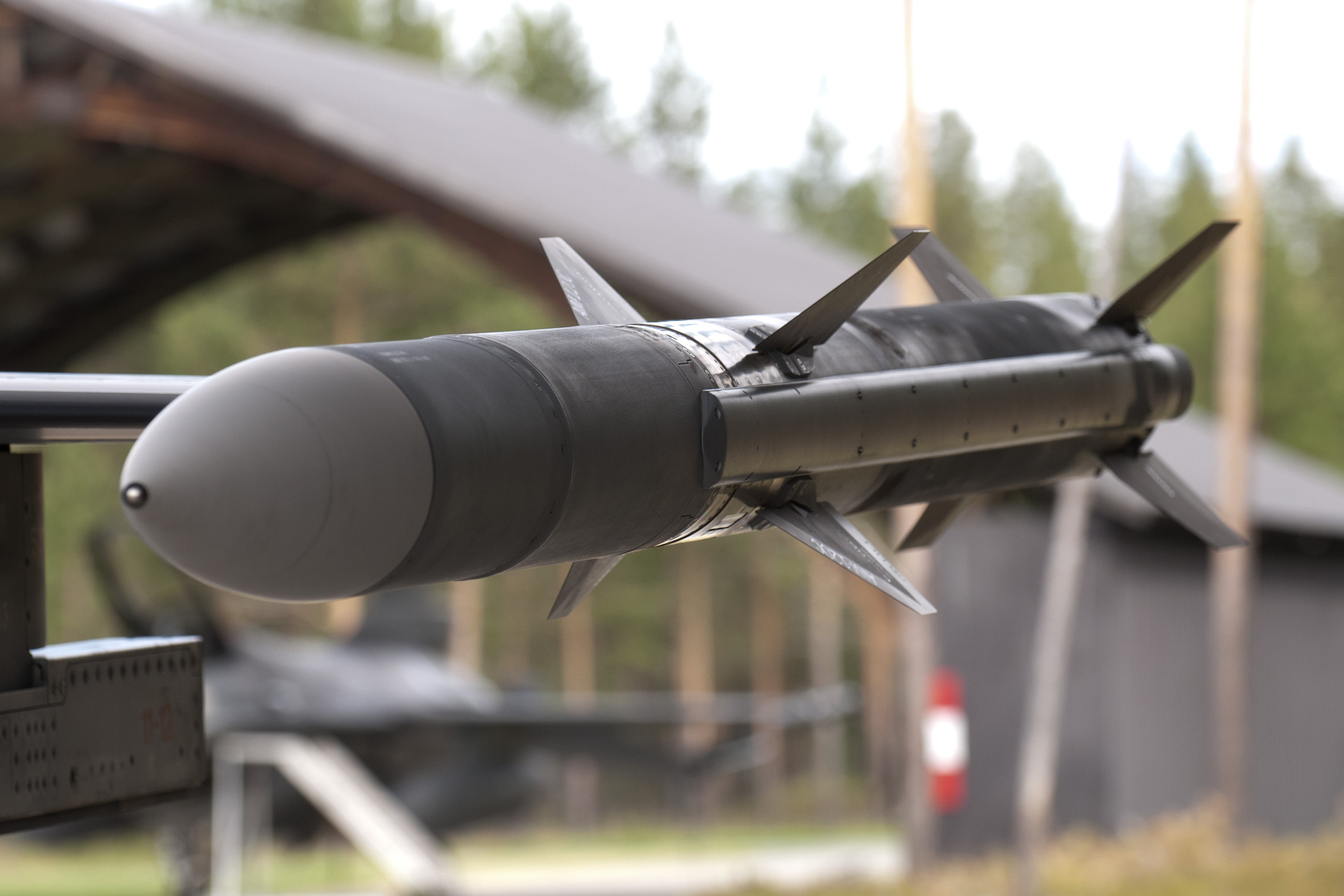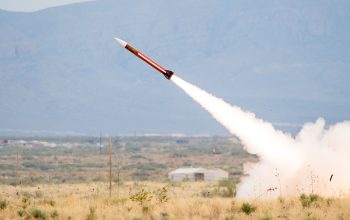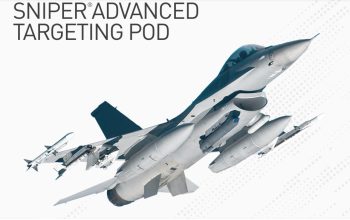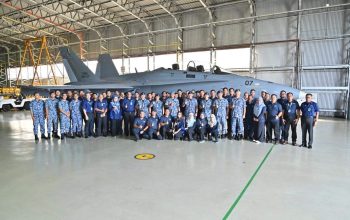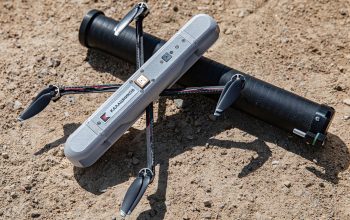The U.S. State Department has made a determination approving a possible Foreign Military Sale to the Taipei Economic and Cultural Representative Office in the United States of F-16 Munitions and related equipment for an estimated cost of $619 million. The Taipei Economic and Cultural Representative Office in the United States (TECRO) has requested to buy:
— one hundred (100) AGM-88B High-Speed Anti-Radiation Missiles (HARM);
— twenty-three (23) HARM training missiles;
— two hundred (200) AIM-120C-8 Advanced Medium Range Air-to-Air Missiles (AMRAAM);
— four (4) AIM-120C-8 AMRAAM Guidance Sections; and
— twenty-six (26) LAU-129 multi-purpose launchers.
Also included are LAU-118A missile launchers with Aircraft Launcher Interface Computer (ALIC); HARM missile containers; AIM-120 control sections and containers; AIM-120C Captive Air Training Missiles (CATM); dummy air training missiles (DATM), integration and test support and equipment; munitions support and support equipment; spare parts, consumables and accessories and repair and return support; classified software; maintenance and maintenance support; classified publications and technical documentation; U.S. Government and contractor engineering, technical and logistics support services, studies and surveys; and other related elements of logistical and program support. The principal contractors will be Raytheon Missiles and Defense, Tucson, AZ; and Lockheed Martin Corporation, Bethesda, MD.
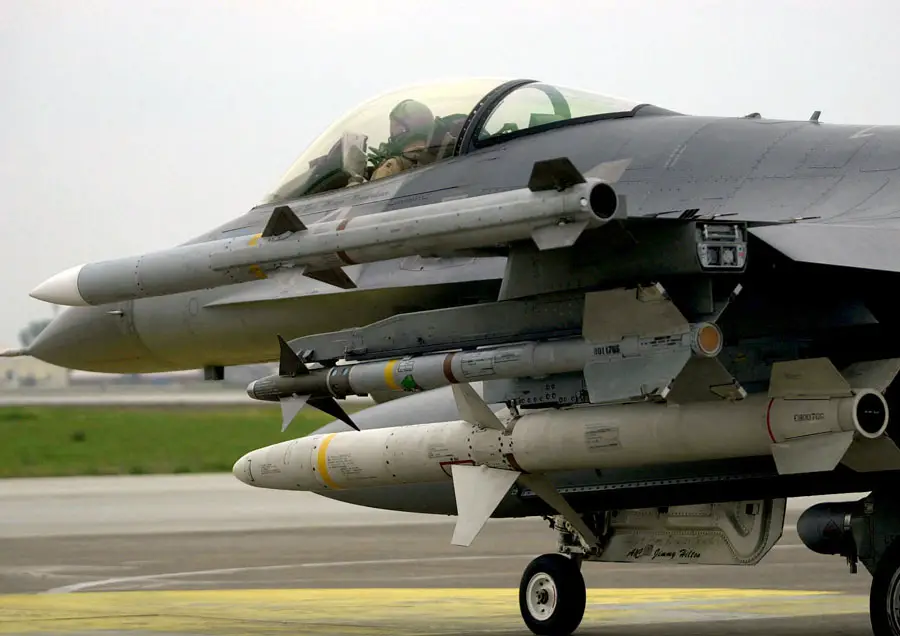
The AGM-88 HARM (High-speed Anti-Radiation Missile) is a tactical, air-to-surface anti-radiation missile designed to home in on electronic transmissions coming from surface-to-air radar systems. It was originally developed by Texas Instruments as a replacement for the AGM-45 Shrike and AGM-78 Standard ARM system. Production was later taken over by Raytheon Corporation when it purchased the defense production business of Texas Instruments. The AGM-88 can detect, attack and destroy a radar antenna or transmitter with minimal aircrew input. The proportional guidance system that homes in on enemy radar emissions has a fixed antenna and seeker head in the missile’s nose. A smokeless, solid-propellant, booster-sustainer rocket motor propels the missile at speeds over Mach 2.0.
The AIM-120 Advanced Medium-Range Air-to-Air Missile, or AMRAAM, is an American beyond-visual-range air-to-air missile capable of all-weather day-and-night operations. It is 7 in (18 cm) in diameter, and employs active transmit-receive radar guidance instead of semi-active receive-only radar guidance. It is a fire-and-forget weapon, unlike the previous generation Sparrow missiles which needed guidance from the firing aircraft. When an AMRAAM missile is launched, NATO pilots use the brevity code Fox Three. The AMRAAM has been used in several engagements, achieving 16 air-to-air kills in conflicts over Iraq, Bosnia, Kosovo, India, and Syria. The AIM-120 C-7 development began in 1998 and included improvements in homing and greater range (actual amount of improvement unspecified). It was successfully tested in 2003 and is currently being produced for both domestic and foreign customers.
